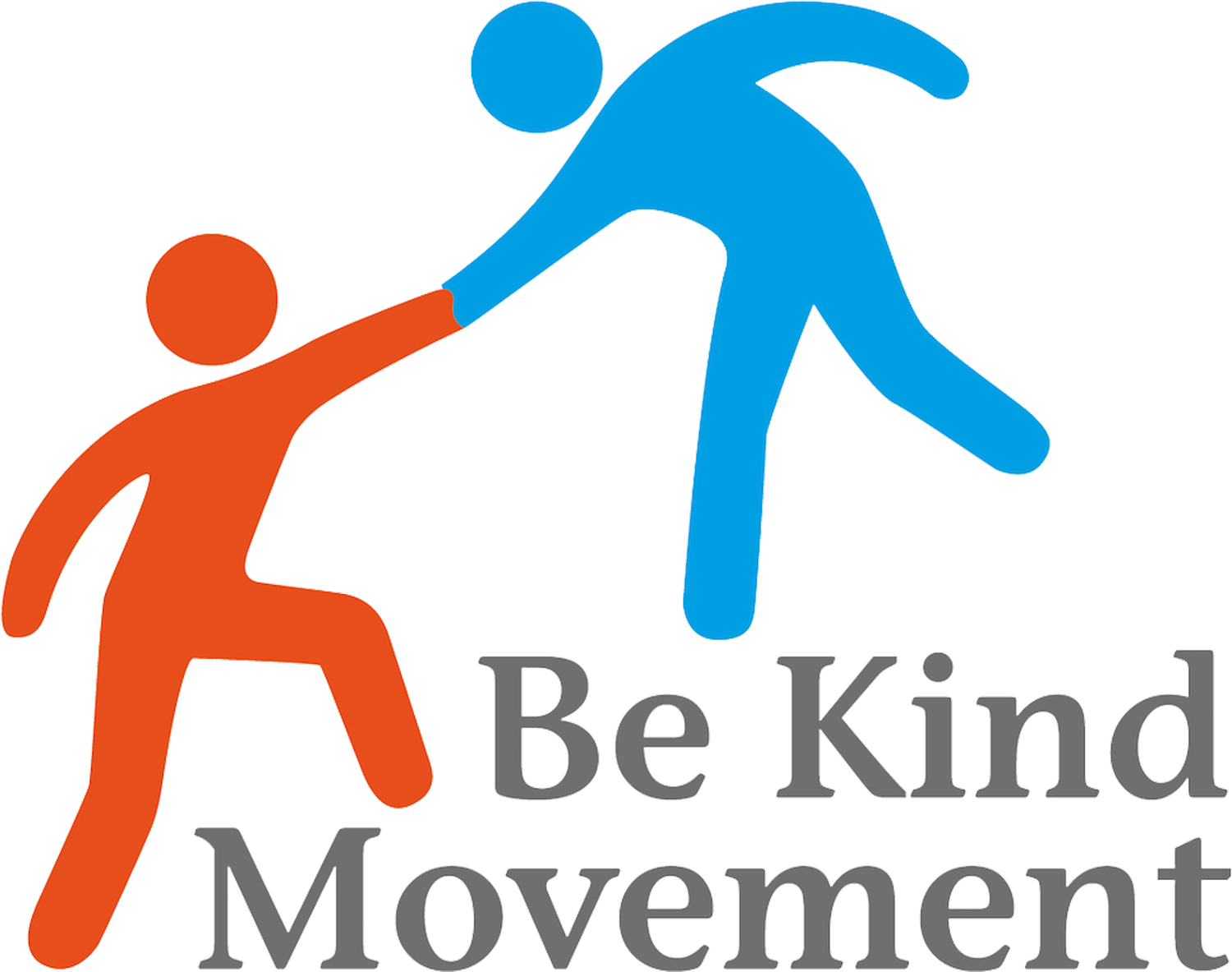Mental Health in Children and Young People
In 2018, it was found that in England 1 in 8 children from the ages of five to nineteen had a diagnosable mental health disorder. This is roughly 1 in 3 children in every classroom. Anxiety and depression were found to be the most common, affecting 1 in 12, and this was more prevalent among girls. It has also been found that half of all mental health problems manifest themselves by the age of 14 and in 2017, suicide was the most common cause of death for both boys (16.2% of all deaths) and girls (13.3%) aged between 5 and 19.These statistics sadly show the scale of the problem and demonstrate that early intervention is key to tackling and reducing the mental health crisis among children and young people in the U.K.
The Children’s Society March 2016 report states that children and young people growing up in low income areas feel distinctly deprived and less optimistic about the future than their more affluent peers. Consequently, this leads many down a life of knife crime, gang culture, drug addiction, and for some, an untimely death.
COVID-19 Challenges
If the UK was facing a mental health crisis pre Covid-19, it is now sitting on a ticking time bomb. Covid-19 has created an extremely isolating and anxiety-inducing world for children and young people.
Young Minds conducted a survey of young people in March 2020 and, of those who responded, 83% said Coronavirus had made their mental health much worse or a bit worse. The University of Oxford's recent survey on the impact of Coronavirus on mental health also suggests that children are experiencing higher levels of anxiety, with those aged four to eleven being the worst affected. Based on responses of 1500 people, specific areas of anxiety have been pinpointed:
53% of children are worried about a family member or friend catching the virus;
36% are anxious about missing school work; and
Almost a fifth of parents said their child was too afraid to leave the house.
There is evidence to suggest that the lived experience of Covid-19 is harsher for children and young people living in lower-income areas, which has a greater negative impact on their mental well-being. 188 young people, interviewed recently and who live in low income neighbourhoods and are involved with LTOs (Locally Trusted Organisations), have raised the following concerns:
Lack of daily structure has left young people struggling to cope (staying up late and sleeping in);
Impact on their education as they do not have internet access and cannot complete work for school/college due to having no quiet, personal space; and
More than two-thirds reported their physical activity rates have dropped due to having lack of access to outdoor space.
Limited private space, in often overcrowded housing, lack of structure and reduced access to normal support structures are all contributing to anxiety, low self-esteem and poorer wellbeing. 77% of young people interviewed cited their inability to socialise with friends and family as their largest concern.
All of the above has contributed to deteriorating mental health among the most vulnerable children and young people.
If we fail to invest in improving children’s well-being during Covid-19, we face a serious crisis when issues (such as depression, self-harm) escalate in the future. With the second wave predicted for autumn, home-learning could be a reality again and children and young people’s feelings of anxiety, social isolation and loneliness could inflict significant damage to their emotional well-being and mental health in the long term.
